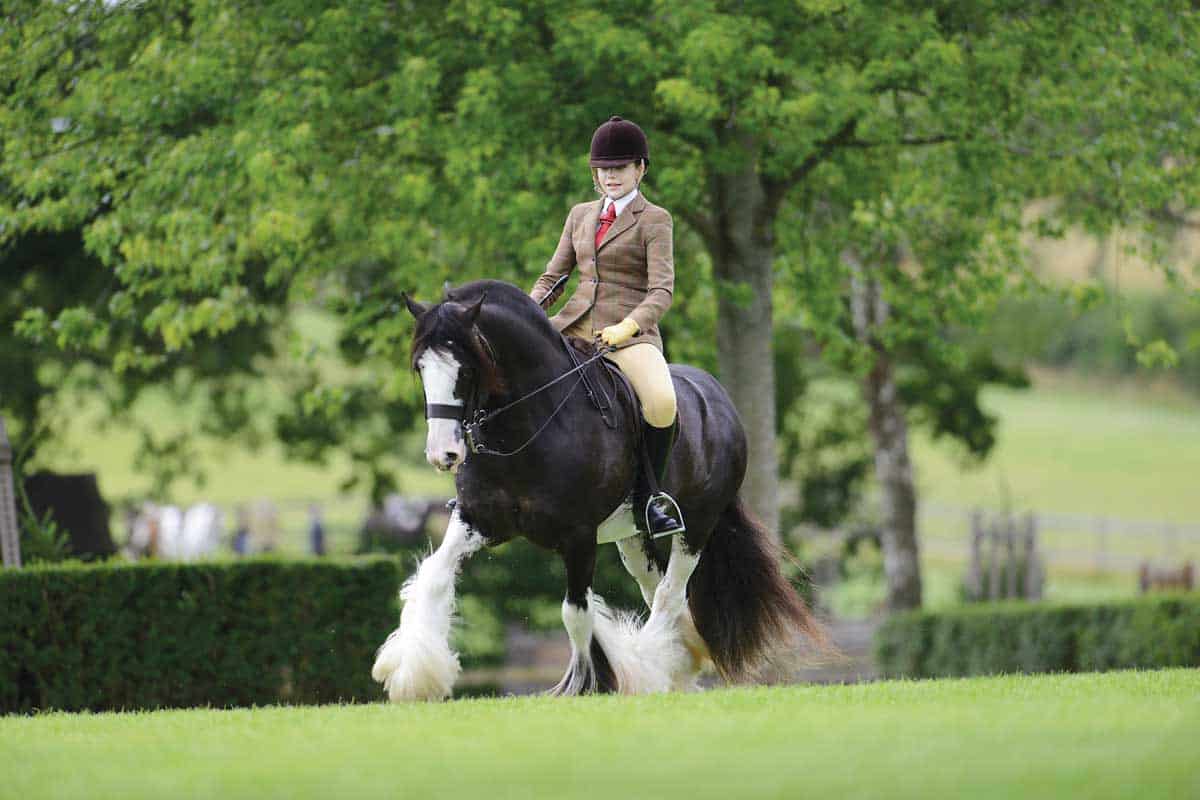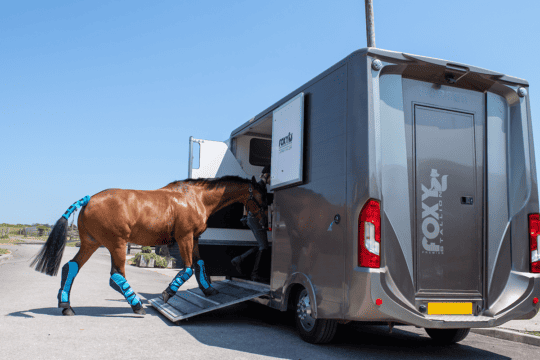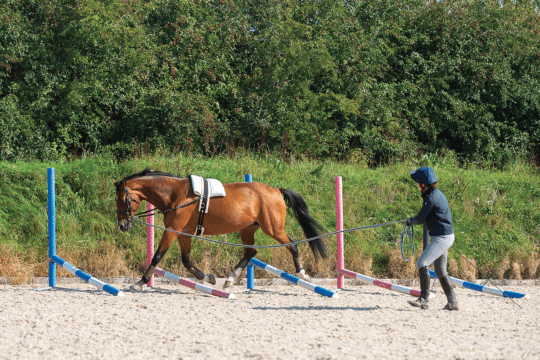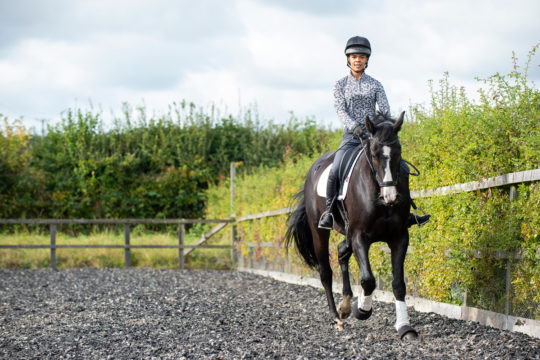Winning in the show ring is about hard work and knowing the tricks of the trade. Professional producer Louise Bell helps you avoid making mistakes and guides you to the front of the line up!
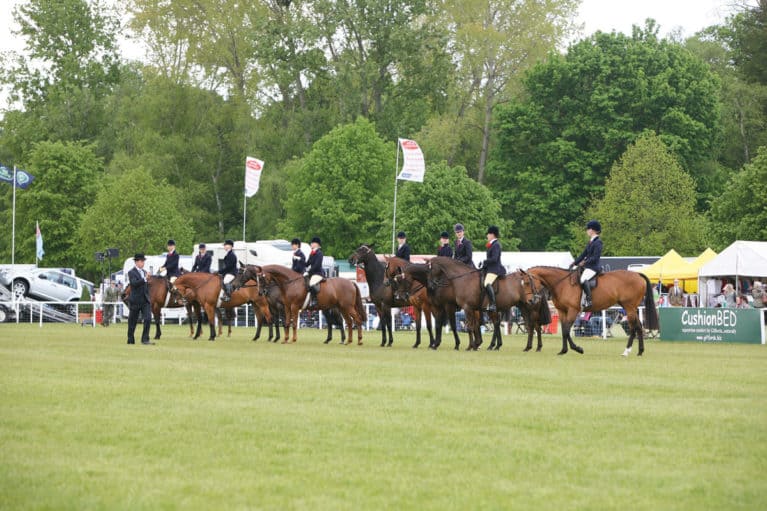
Success in the show ring, as in any discipline, is about hard graft, talent and a bit of luck. However, if you know the insider secrets for training your horse and, on the day, for making the most of your time in the ring, then you’ve got an even better chance of riding out of the ring with that winner’s sash around your horse’s neck and the biggest smile on your face.
Cantering in company
Being able to canter in the show ring when there are 20 other horses around you isn’t something your horse will be able to do naturally, so you need to teach him how to cope with the excitement of it all. I find the best way to do this is to go to a low-key, local show and spend time in the collecting ring, cantering along behind someone else who is warming up. It’s not totally authentic, but it’s a perfect opportunity to get your horse used to other horses cantering in front, around and beside him.
Preparing for the judge to ride
If your horse isn’t used to other people riding him, then this is a really important thing to practise – and not just once, but a number of times. Remember that the ride judge in a class doesn’t want to have to school your horse or make him go – they want him to work well without effort.
This means that, as well as being used to your instructor riding him, for example, your horse needs to work well even with someone more passive on his back, and this is the challenge. But the judge’s ride is a key part of your score in the ring, so don’t neglect this aspect.
Make sure you have male and female test jockeys, and ask them for some feedback, because they might not feel what you feel. If they feel your horse is heavy in the hand, strong or not off the leg, don’t be offended, but just work on those things to ensure the judge isn’t thinking the same thing as they ride around in the show ring!
The key to successful showing is the ability to produce a horse who goes brilliantly for you and even better for somebody else.
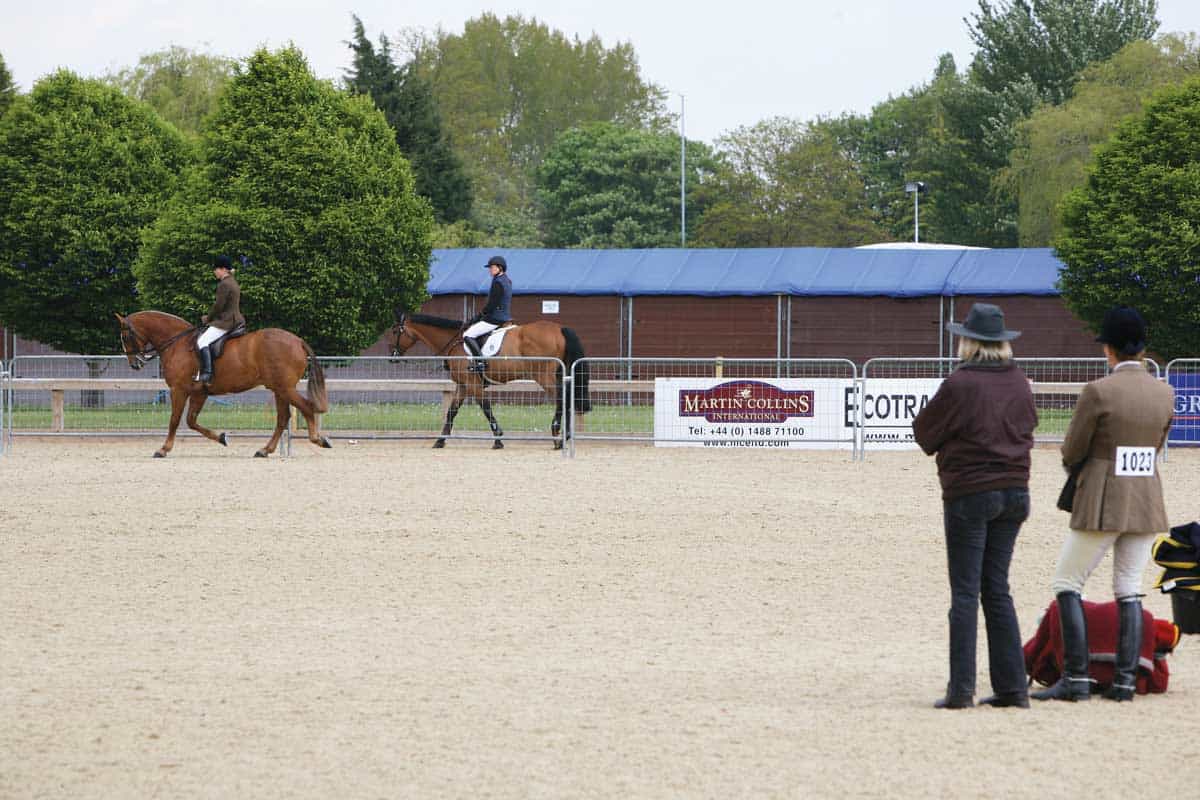
A judge’s worst nightmare
Horses who need a lot of leg – judges don’t ride in spurs, so they don’t have any help to get the horse going.
Nappy horses – the worst thing is a horse who hangs to the others in the line up, where you end up struggling to keep him to the edge of the arena.
Stiff horses – so many horses I get on as a ride judge haven’t been taught to ride a basic corner.
Teaching a horse to gallop
The trick to a good gallop is to build up your canter, not just kick like mad out of the corner. Your horse needs to know the gallop is coming up, and the way to do that is to try to increase the pace, but contain it with your contact until you’re ready to come off the corner in a straight line, then release that energy.
How extravagant a gallop you allow depends on how well your horse will come back to you at the end of it. Remember, the next thing your horse will do after the gallop is have the judge ride him, so don’t rev him up too much.
Always ride a few strides of trot after the gallop before standing in the line up to make sure your horse is nice and relaxed, ready for the judge to get on and have a beautiful ride. Fingers crossed!
Question: Will you be marked down for wearing a numnah?
Answer: No! Absolutely not. There wouldn’t be many people now that ride without one, I don’t know anybody, actually, who doesn’t – it’s quite an old-fashioned idea to not use a numnah at all. I always have something between the saddle and the horse.
Make the most of the line up
It helps to have some mints in your pocket, but whatever you do, don’t stop paying attention to what is going on around you.
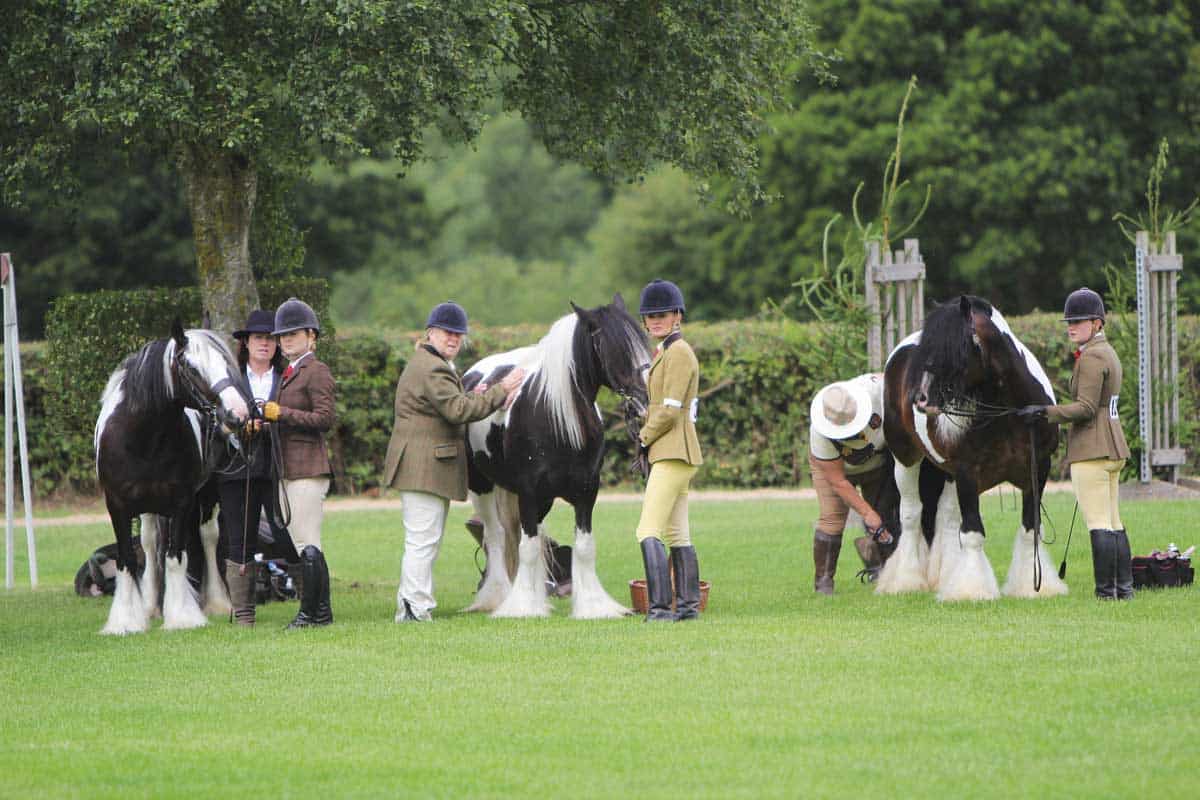
Don’t allow your horse to rest a leg or doze off – you never know when the conformation judge could be looking.
Take your time to go over your turnout again. Polish your tack and his feet, and brush out his tail – whatever you have time to get done so you present as good a picture as possible.
There are some really good products on the market that you can spray onto a sweaty coat rather than trying to brush or wipe off sweat. Always take some water with you to sponge him down and scrape him off if needs be.
If it’s cool, a plain rug is essential to prevent him becoming chilled.
Teaching your horse to stand for the conformation judge
When you walk your horse in front of the conformation judge, he will tell you where to stand. Obviously you must have already practised square halts at home – front legs should always be square, but back legs can be slightly off, although you might be asked to position him completely square. Have a treat or a bit of grass in your hand – this will help you to keep your horse’s attention on you and move him forward or back so that he’s completely square.
If it isn’t going to plan, don’t panic – and don’t spend five minutes pushing him forward and back. If, for whatever reason, a square halt isn’t going to happen today then get over it – a good judge will be able to assess his conformation anyway.
Once you’ve stood up your horse, position yourself in front of him, rather than to the side. This allows the judge a better view of what he wants to see. Then, when the judge comes round to see his front leg, step to the side so he can see the front legs and you’re not in the way.
Don’t just walk off after that – wait for the judge to instruct you, then do exactly as they ask. Walk around 15 steps, make a nice loop round and, as you straighten up, move up into trot. Trot in a straight line and keep going past the judge so they can see all angles. Then come back to walk where you began and keep going back to the line up, unless asked to do something different.
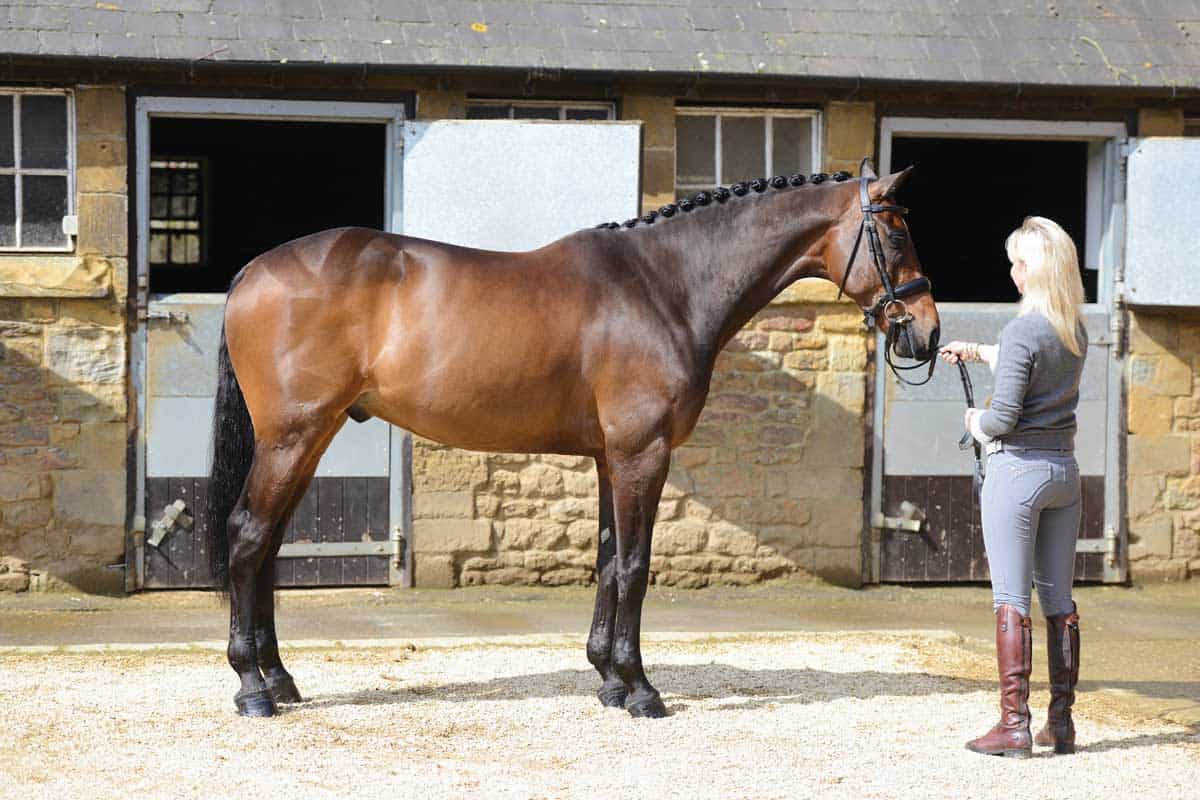
Too slow? If you think your horse isn’t going to trot properly, look at where the conformation judge is asking competitors to turn and begin their trot, then position your groom nearby so that when it’s your turn, they can click encouragingly and, hopefully, your horse will get the message and move off in trot.
Keep in rhythm – try to run in rhythm with your horse if you can, because that really does help.
If you get a chance to while you are in your stand up for the conformation judge, get a little bit of grass and chuck it in the air, to try to get your horse to really stand up and present himself and have that ‘look at me’ air. If he says ‘I’m a donkey’ rather than ‘Look, I’m really important today and I’ve gone so beautifully, give me a red rosette please’, then it will affect the judge’s opinion to some degree.
Louise’s show ring no-nos
- Overtaking another competitor in front of the judge. Okay, you might need to do this, but do it behind the judge.
- Riders hogging space in front of the judge is bad manners. Be courteous to other competitors.
- Trotting too fast and cantering to slowly – it’s all about rhythm and balance.
- Grooms who don’t pay attention – they come into the ring but don’t look where they’re going.
Top tips
- Hunting is really good for horses to get used to cantering in company.
- Use a stud in your horse’s back shoes at least on the outside to help with grip.
- Make every second count and be aware that the judges could be looking at you at anytime.
- If you’ve got a very backward-thinking horse, ask a friend to go for some fast canters in open spaces with you – around the edge of a big field is ideal for teaching him to gallop. It’ll teach him that he has another gear.
- If you begin your gallop too early, chances are it’ll have died before you’re in front of the judge – you need to save the best bit of gallop for in front of the judge.
- Think of your colour schemes no matter what you are doing, all these little things help.
Asking for feedback
Never be afraid to speak to the judge at the end of the class and ask for feedback. However, it’s important to do it in the right way. Be polite and just ask nicely.
Before you ask the judge a question, it’s essential to ask yourself whether you really want to hear the answer. If you really want to learn, then go ahead and ask for some feedback.
Ring etiquette
Imagine showing is a social occasion – understanding the unwritten rules of polite behaviour will help you fit in and stand out to the judge, for all the right reasons!
Your groom’s turnout is important – ideally they should wear a shirt, tie, jacket and dark trousers. A hacking jacket is ideal if they have one, but a blazer is fine, too.
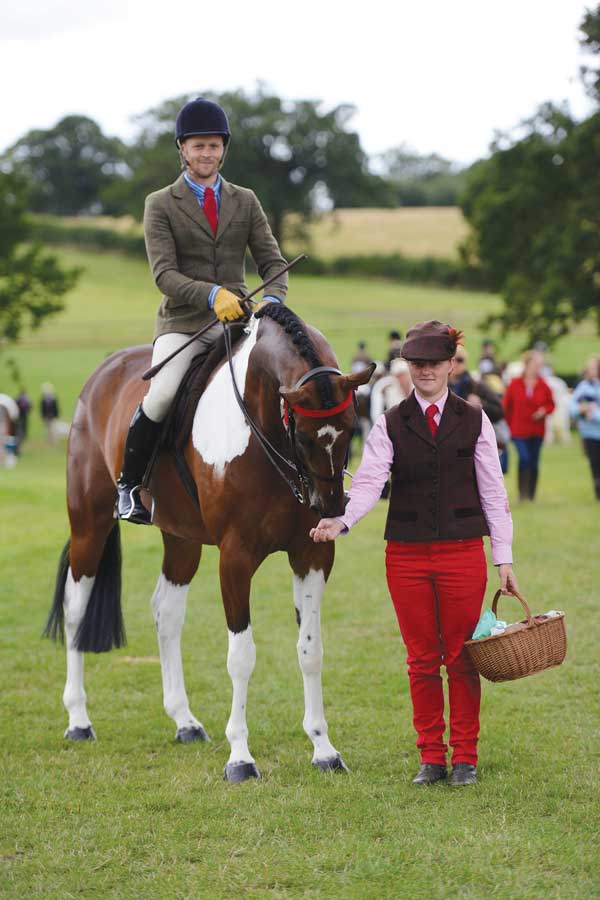
Be polite to the judge – always greet the judge. You don’t need to go into a massive conversation, but be friendly and courteous. And always thank them after they’ve ridden your horse – judges are rarely paid for their time, so it’s good to be polite.
Choosing kit
Some people spend big money on bespoke showing tack. However, if you’re an amateur or simply fancy having a go at showing, there’s no need to spend a lot. Remember that less is more and matching, plain tack is ideal, and you won’t go far wrong.
Make sure your tack is in accordance with what you’re doing – for a hunter class, don’t choose thin tack with piping, for example. Choose havana brown, not nut brown, or black – depending on your horse – in a nice width. It doesn’t mean to say that it can’t be slightly raised on the noseband, headpiece and browband, but it needs to be plain.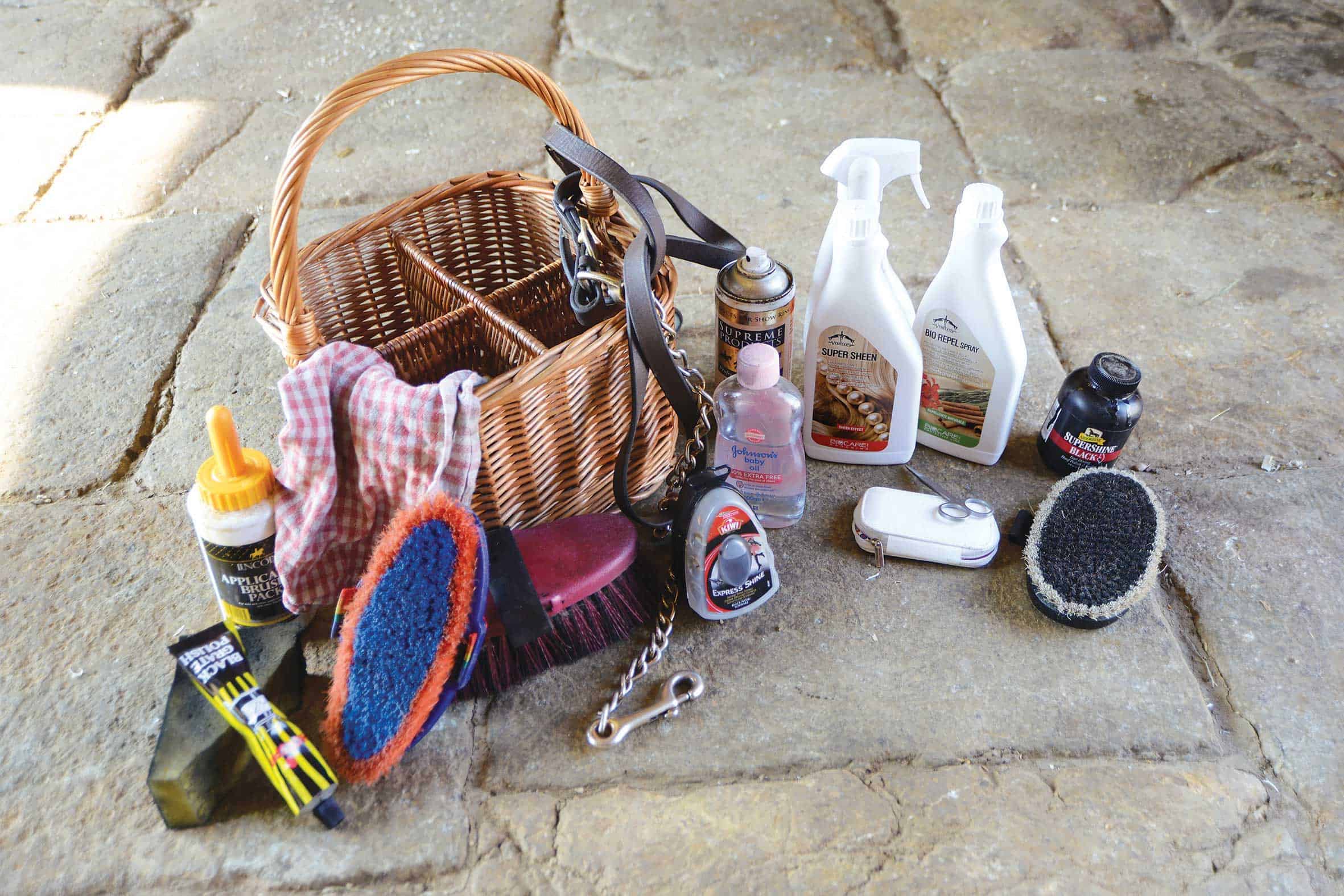
Your reins are important, not only for yourself, but for the ride judge, too. If you’re competing in Working Hunter, rubber reins are fine and you’ll be glad of the extra grip.
Ride in whichever bit your horse is happy in. If he goes in a snaffle, ride in a snaffle. If he goes better in a pelham, that’s fine. However, if he will accept a double bridle that’s ideal. Be a bit clever with your tack – for example, if your horse is a bit sensitive about the curb chain, loosen it off a little before the judge gets on, or vice versa if you find that your horse takes advantage a bit with riders he doesn’t know.
Choose a numnah that fits the shape of your saddle. I tend to use a lot of half pads, which are really good because they don’t distract the eye. They also give a close contact because you don’t have too much bulk underneath your legs.
Personal show
Lots of people get these wrong – they’re too short or too long, and don’t show enough skills or show too much. Design your personal show to show off your horse. Practise at home and time yourself, it should be around a minute. Short and sweet is the key. Here are my top tips…
- Present yourself in front of the judge.
- Walk away, then pick up trot.
- Ride a figure of eight in trot and then in canter.
- Show some lengthened strides in the second canter.
- Halt in front of the judge and salute.
- If you want to show a gallop, think about where to do it – for example, not behind the line up.
- Think about your floorplan so that all those key movements are in front of the judge.
- If your horse is well-schooled enough, a canter serpentine with simple changes to change leg is very smart, but not necessary.
